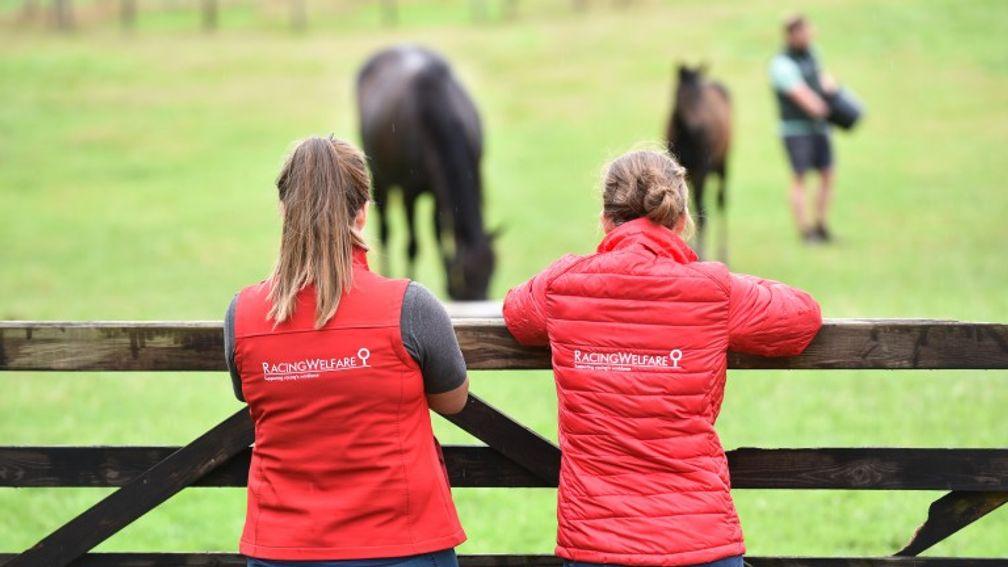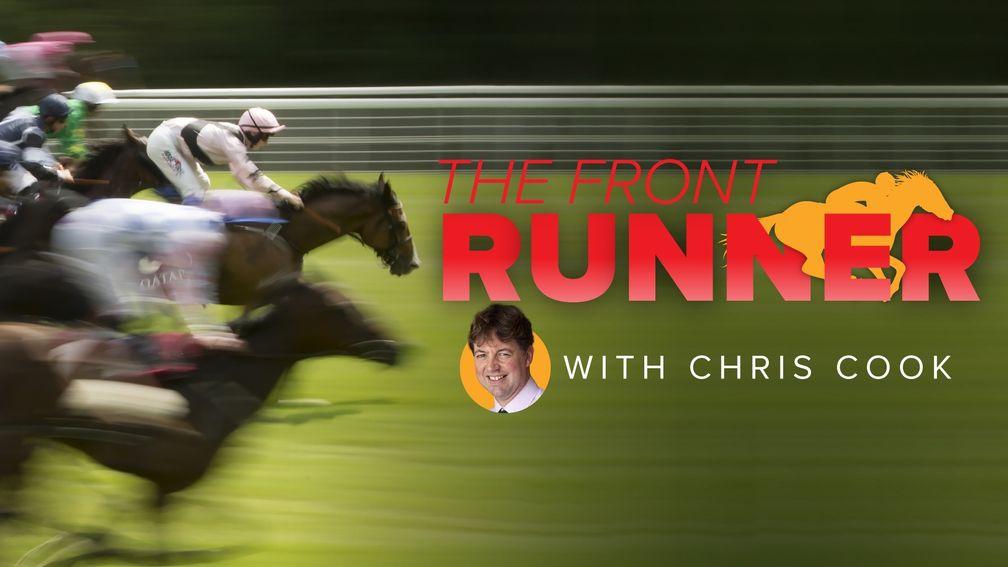Here's a painless, practical way to fund racehorse aftercare

The Racing Post has carried some valuable editorial on funding racehorse aftercare in recent editions.
For my part, I am pleased to help on the Horse Welfare Board/Retraining of Racehorses steering group to move this forward.
There are many issues, but progress is being made, particularly in establishing the location and welfare of retired racehorses.
As George Eustice MP highlighted in parliament (December 6), there is little if any industry funding (save from the Levy Board), and other than this the industry is happy to rely on the charitable sector led by the Racing Foundation and includes the likes of Sir Peter O’Sullevan Charitable Trust, which I am proud to represent.
I have proposed two ideas over the last two years, although both appear to have fallen on deaf ears.
1. As part of registering as an owner of a horse, be it sole, partnership, syndicate or club, every horse associated is accompanied by a £5,000 payment into a Welfare Escrow account (held by HWB or similar).
When a horse’s racing career ends, if the owner is able to find a suitable new home for the horse then the £5,000 is returned. If not, and as happens in some cases the owner just walks away, the £5,000 is forfeited and put towards finding a new home for the horse, probably via RoR.
2. This is just as simple and exactly what happens in Australia: two per cent of all prize-money in every race is diverted towards a national horse welfare fund which is used to rehome or find a new career for the horse.
I have owned several horses in partnerships and syndicates and I know of no fellow partner/syndicate member who would object to either of these proposals.
It would be painless yet easy to administer and totally practical.
Nigel Payne MBE
Bolventor, Cornwall
Sun Chariot a case in point
David Jennings’ column last weekend (December 2) struck a chord with me.
As a family we enjoy going racing once, maybe twice a year, and I personally enjoy visiting different courses and watching racing at different levels. But the main problem we have is that there is just too much racing.
Week after week, how often do we see valuable Pattern races with small, uncompetitive fields? There are just not enough good horses to go round and there are too many events of the same type.
If you listen to the ITV Racing team, they always say we need a Group 1 seven-furlong race. Why? There are enough quality seven-furlong races that have the same three or four runners contesting them. Why encourage others to step up, or drop down, different distances when they make up the quality at other trips?
Newmarket is the home of racing, and this year we paid our first visit to the Rowley Mile, choosing the Saturday of the Sun Chariot Stakes.
Sandwiched between the Cambridgeshire meeting and Future Champions Day, Sun Chariot day gets a bit lost, and it is not the feature meeting on ITV.
There was a distinct lack of atmosphere considering it was a beautiful autumn afternoon. It may well have been better in the members’ enclosure, but in Tattersalls the attendance seemed pretty sparse.
The race-planning committee needs to look closely at the fixture list. It tweaks it regularly, but there is always room for improvement.
David Patrick Moore
Beckenham, London
These gaps don’t work
Three cheers for David Jennings for saying what the regular racegoer thinks in his recent column. It is time our voice was represented.
The current 35-minute intervals between races are needless and a complete pain, especially in the late autumn and winter when start times are so early.
Take Saturday’s Aintree card where the first race was 11.10, resulting from 35-minute gaps and the transfer of a mares’ race from Carlisle (strange how it can be so important to run these mares’ races when a contest as good as the Rehearsal Chase is cast away).
These early starts deter the regular racegoer. Now when you go racing you have 35-minute gaps, the ridiculous cashless nonsense, small fields and the spectacle at Aintree’s previous two meetings with the low sun.
True, it may be necessary to omit obstacles during the day, but for every race on the card? And the announcement that obstacles are being removed is sometimes made minutes after the advertised start time with the race late off.
It is not too long since evening meetings kicked off with two 25-minute gaps so as to be able to start at 6.30pm and maximise the crowd. So come on, let’s have a campaign to finish these 35-minute breaks between races.
David Parmley
Liverpool
Read more here

The Front Runner is our unmissable email newsletter available exclusively to Members' Club Ultimate subscribers. Chris Cook, the reigning Racing Writer of the Year, provides his take on the day's biggest stories and tips for the upcoming racing every morning from Monday to Friday. Not a Members' Club Ultimate subscriber? Click here to join today and also receive our Ultimate Daily emails plus our full range of fantastic website and newspaper content.
Published on inLetters
Last updated
- Racecourses must take note, many people still use cash
- Crowds can return to the racetrack if we deal with the costs and touts
- Don't ditch classifieds - we need these types of races more than ever
- Parading the runners at racecourses must be front and centre
- John Dawson’s overzealous ban for Hunters' Chase winning ride ruined a wonderful story
- Racecourses must take note, many people still use cash
- Crowds can return to the racetrack if we deal with the costs and touts
- Don't ditch classifieds - we need these types of races more than ever
- Parading the runners at racecourses must be front and centre
- John Dawson’s overzealous ban for Hunters' Chase winning ride ruined a wonderful story